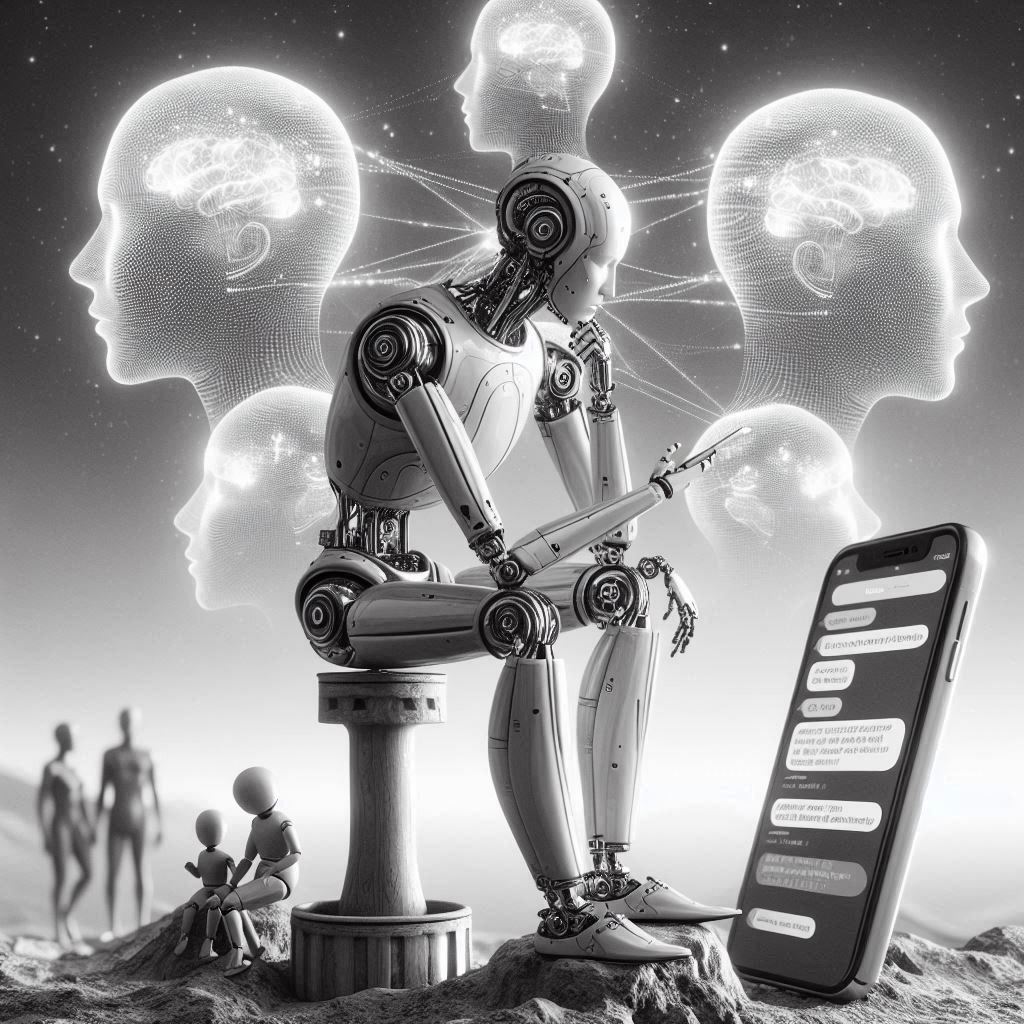“Can a neural network discern the difference between a prayer request, a passive-aggressive recipe suggestion, and a conspiracy theory link?”
Yes. With enough labeled data, anything is possible.
Introduction: The Dataset No One Asked For
You thought classifying the 20 Newsgroups dataset was hard? Try classifying your family group chat.
It contains the densest, most chaotic data ever logged by man:
- Inspirational memes (with compression artifacts circa 2011)
- Unsolicited medical advice
- Three Happy Birthdays (to the same cousin)
- A blurry PDF of a church bulletin
This is not structured data. This is spiritual entropy.
Step 1: Label Your Sins
You need categories. Here are a few to get started:
BlessingForwarded MisinformationObligatory Holiday AcknowledgmentFinancial AdviceGuiltPanic (Caps Lock)Image Attachment of Unknown Intent
Use scikit-learn‘s TfidfVectorizer to convert your familial chaos into feature vectors:
from sklearn.feature_extraction.text import TfidfVectorizer
vectorizer = TfidfVectorizer(stop_words='english')
X = vectorizer.fit_transform(messages)
Each message becomes a little confused data point. Just like your uncle.
Step 2: Choose Your Model (and Your Battles)
The humble Multinomial Naive Bayes is a great start. Because really, your family’s communication patterns are probabilistically predictable:
from sklearn.naive_bayes import MultinomialNB
clf = MultinomialNB()
clf.fit(X_train, y_train)
Want something more complex? Bring in LogisticRegression, SGDClassifier, or even RandomForestClassifier for when the subtext gets murky.
Step 3: Evaluate Thy Model, Lest Ye Be Judged
You will never get 100% accuracy. Your family doesn’t.
But you can track precision and recall:
from sklearn.metrics import classification_report
print(classification_report(y_test, y_pred))
If your model confuses Guilt and Blessing, you’re on the right track.
Bonus Round: Visualize Your Family’s Vibe
Use PCA to project your family energy into two-dimensional chaos:
from sklearn.decomposition import PCA
X_dense = X.toarray()
pca = PCA(n_components=2)
X_pca = pca.fit_transform(X_dense)
Plot it. Interpret it. Find out why your cousin keeps texting in all caps at 3AM.
Final Thoughts
You thought text classification was a sterile academic pursuit?
Try modeling the emotional turbulence of Aunt Susan’s text chains.
With scikit-learn and a little emotional resilience, you too can train a classifier to understand the difference between love, concern, and veiled political commentary.
Amen.
Further Reading
- [Regex vs. The Divine: A Case Study in Email Validation and Evangelism]
- [Classify or Die Trying: Teaching Machines to Sort Human Nonsense]
- [Stack Overflow Comments, Ranked by Emotional Damage]
- [GPT-Anon: Anonymizing Your Thoughts Before You Even Think Them]
